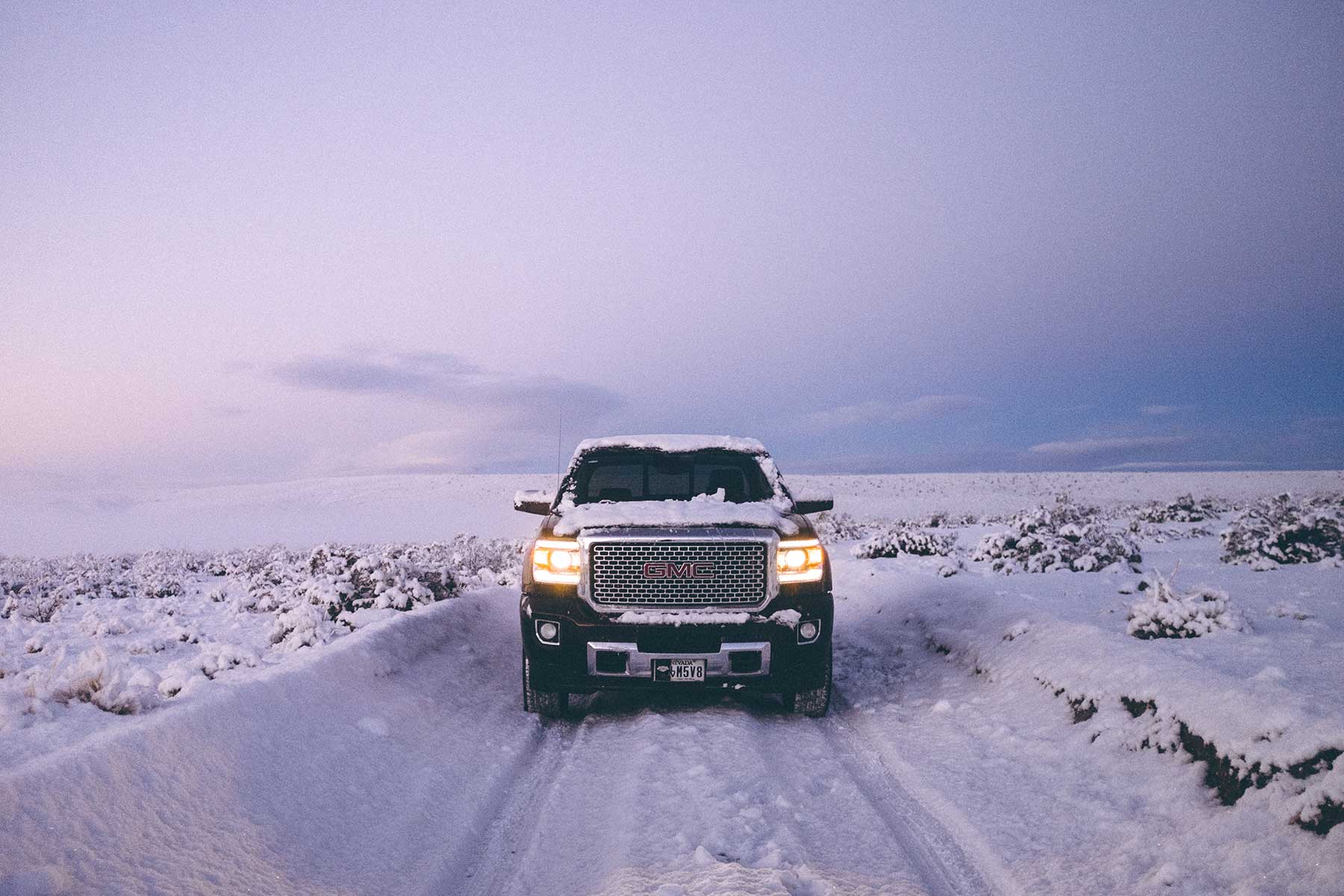As the northern half of the planet begins its slow, dark decent into the colder months, the leaves are falling, coffee shops are selling pumpkin flavoured everything and the winter auto safety commercials have begun to flood television screens. Car preparedness is big business with the onset of dropping mercury. All season rubber, a new battery perhaps, maybe snow resistant wiper blades, the list goes on. Demand for this stuff is based on a genuine need to be ready for the impending danger – and danger there is. One blizzard alone in December 2009 caused 35 motor vehicle related deaths across 10 US states in a 48-hour period.
Strangely though, statistically in both the US and Europe, January and February are actually the safest months to drive compared with the summer months, July and August, where you are twice as likely to perish. In Serbia there were five times the fatalities in July of 2011 than in December that same year; in New York nearly triple. Iceland reported zero winter driving fatalities last year and only one the year before. That might seem like a paradox but in cold regions winter is respected and people are prepared for anything and everything when they get behind the wheel of a car.
It takes time and effort but it’s a vital part of life in places where winter is colder than a mother in law’s kiss. It forces one to plan well, to ensure their car is in the best possible condition it can be, it empowers people to train for surprises so they can arrive safely and then eagerly consume pumpkin flavoured everything.
It’s always winter in Radio.
The skies can turn any minute; if your brand isn’t under attack today it will be tomorrow. The key is to always be prepared, to have a plan, to make the slight pivots and adjustments as necessary but to avoid swift turns that could cause a loss of control.
Winter driving is exactly like a competitive radio landscape – when things get really treacherous, stay in your lane.


